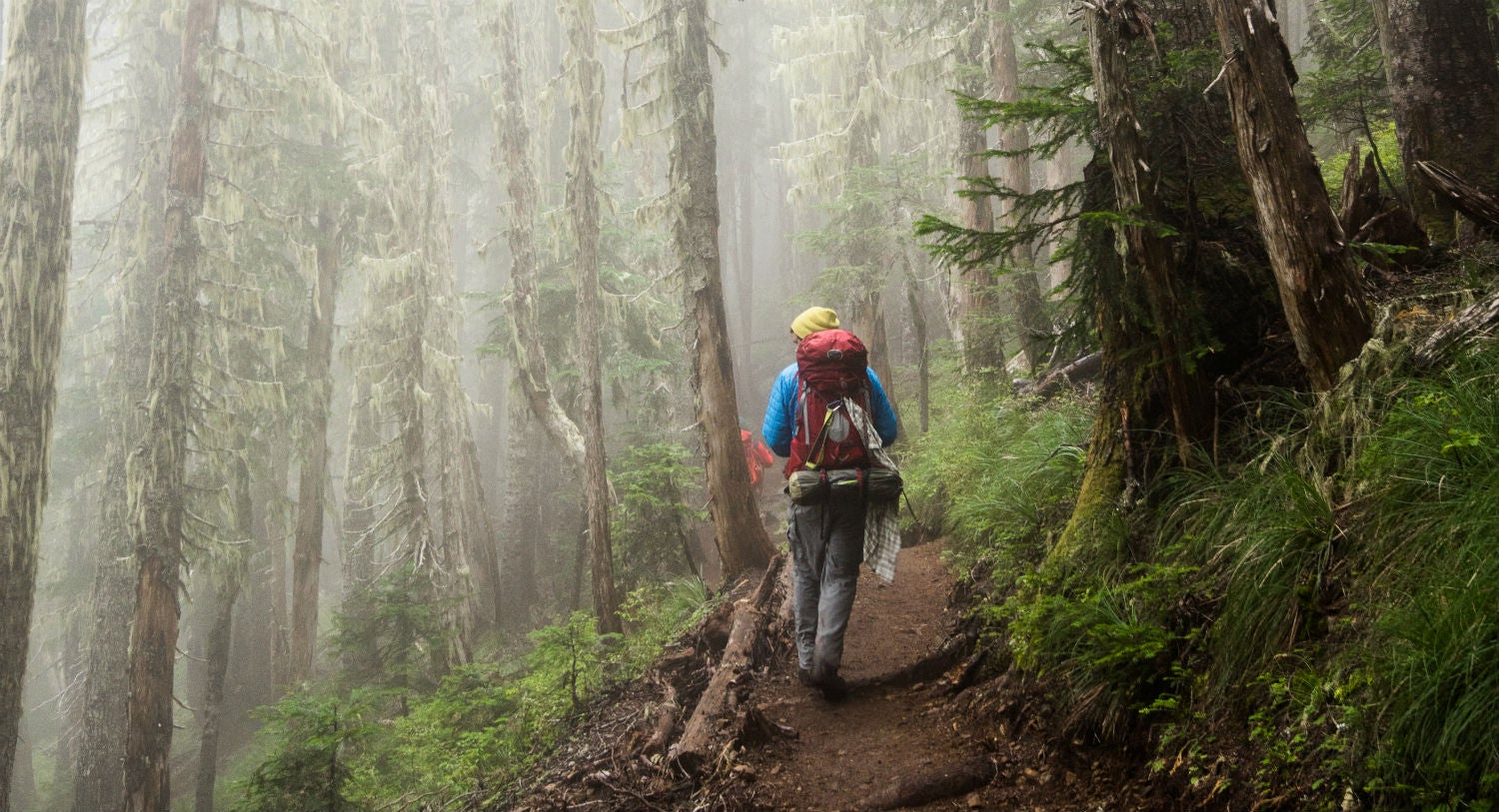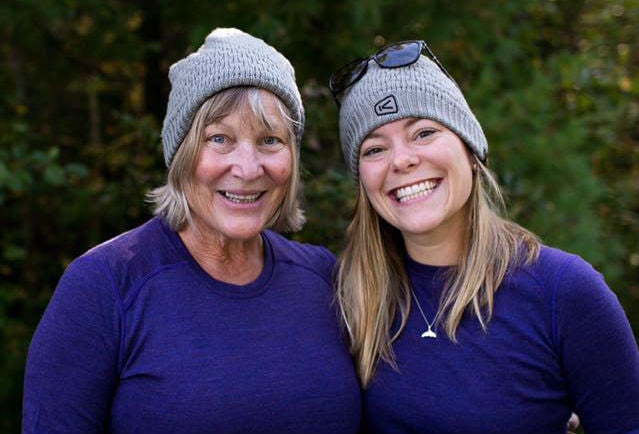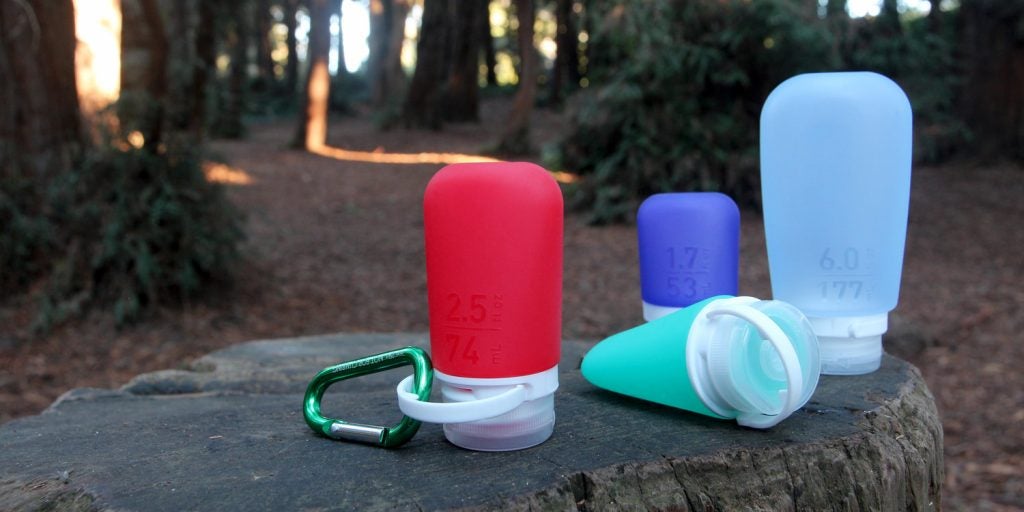This backcountry camping article is brought to you by our friends at Midland Radio.
All 59 of our National Parks are worth exploring, and each of them offers something unique. However, these iconic destinations also mean crowds. Part of the draw of the wilderness is to “get away from it all.” But camping in national parks can mean sleeping very close to your neighbors. How can you really get away from it all when 331 million people visited our national parks last year alone?
We turned to our friends at Midland for advice. They’re the trusted name in reliable communication and handheld two-way radios. So, how do we find some peace and quiet in our national parks? Their answer: Get into the backcountry.
“I prefer camping in the backcountry while visiting national parks because my family and I get to experience a more secluded location,” says Andrew from Midland. “We feel like explorers, discovering an area for the very first time. We never know what to expect and it’s exciting! Plus, we don’t have to deal with tourists.”
5 Destinations for Backcountry Camping in National Parks
To help you find your own quiet corner of nature while exploring national parks, we’ve put together this list of parks with backcountry excursions.
1. Mt. Rainier National Park: Wonderland Trail
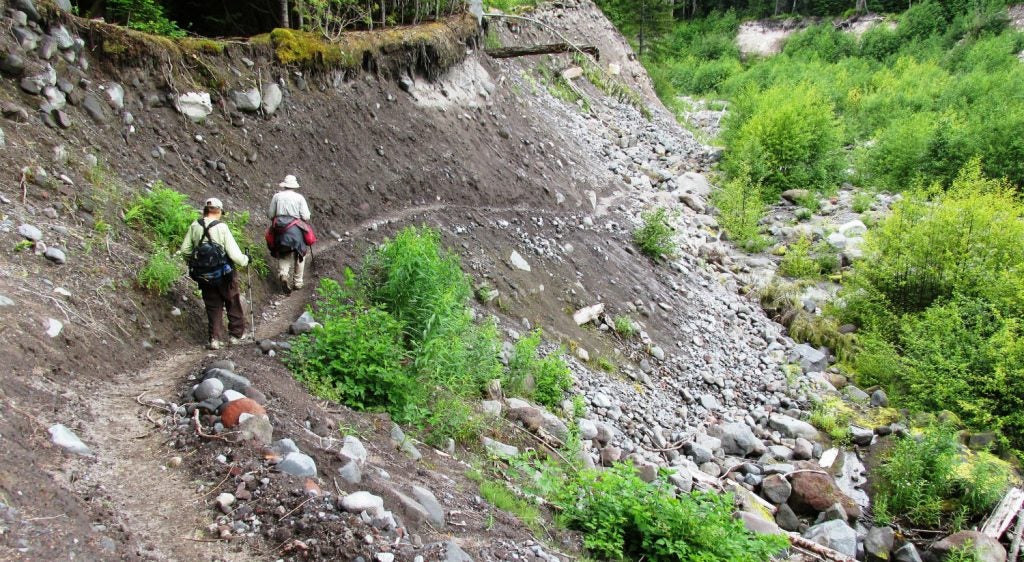
Image from Brewbooks on Flickr
Clockwise or counter-clockwise, you can’t go wrong on the Wonderland Trail. Pick any starting point and enjoy a 93-mile loop around the highest peak in Washington, which also happens to be an active volcano. Wander over the ridges and foothills surrounding the iconic volcano. Hikers and backpackers will enjoy jaw-dropping vistas, sub-alpine meadows, cascading waterfalls, and glacier views.
The Wonderland Trail includes 18 trailside wilderness camps. Each of these campsites requires a permit and includes anti-bear food storage, a pit toilet, and a nearby water source. The best time of year to backpack the trail is mid-July to early September.
2. Gates of the Arctic, Alaska
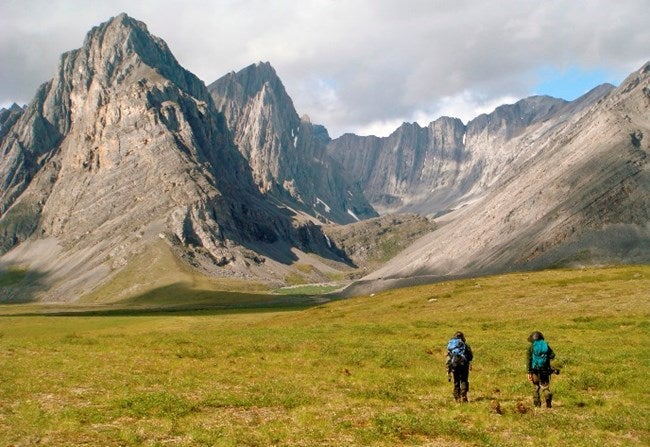
Image from NPS.gov
The most northern National Park, Gates of the Arctic, is located entirely above the Arctic Circle. It is also the most remote national park in the country. It’s a safe bet that you could go days without seeing another person.
Essentially a roadless wilderness, the easiest way to gain access to the park is by chartered bush planes, as Gates of the Arctic is home to exactly zero trails. So if you’re visiting Gates of the Arctic, you’re always in the backcountry.
According to the NPS, “Congress set this land aside as a trail-less wilderness area, specifically so that each visitor can find their own experience here.” It’s home to untamed tundra, expansive taiga forests, winding rivers, and the sensational granite Arrigetch Peaks. Wild caribou herds migrate through the park, making it the traditional hunting grounds for the Koyukon Athabaskans and the Nunamiut Eskimos. With so much wilderness to explore, many people choose to carry a pack raft to float the Alatna and Noatak rivers, allowing them to cover more ground (and water).
It’s probably not surprising that in addition to having no roads or trails, there are also no designated campsites. A fragile ecosystem with delicate vegetation means visitors should tread carefully. Look for campsites on hardier vegetation like grass, and avoid setting your tent up on fragile mosses and lichen. Better yet, try to camp on gravel bars because they tend to have fewer bugs and the water will eventually wash away any signs of your presence. If you choose to set up your tent on a gravel bar, be mindful of rising water levels.
3. Badlands National Park: Deer Haven
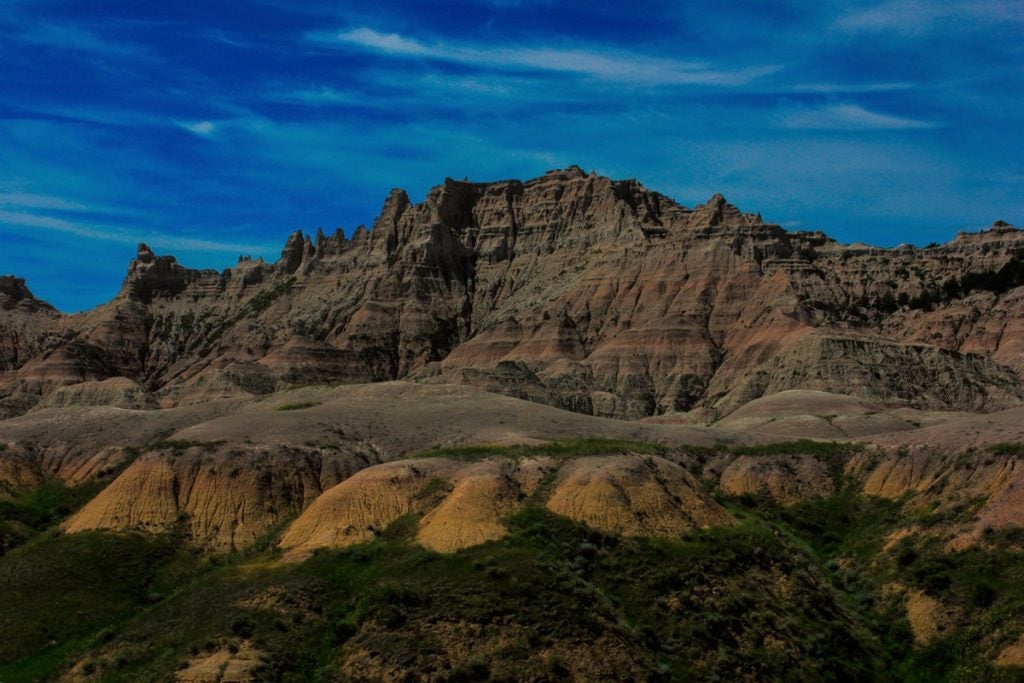
Image from The Dyrt camper Shari G.
Deer Haven is located within the Sage Creek Wilderness Area in Badlands National Park. Without maintained trails, backpackers and hikers can explore where the deer and antelope roam free. Transport yourself back to the wild west by backcountry camping where most people don’t; you’re more likely to run into bighorn sheep, buffalo, antelope, deer, badgers, prairie dogs, and coyotes. You’ll awake to the refreshing fragrance of sage and junipers.
The layered rock formations and canyons make hiking in the Badlands an experience in geologic history. Approximately 75 million years ago, the Badlands were covered in water and home to the highest density of late Eocene and Oligocene fossils. Visit the park’s Fossil Exhibit Trail to view fossil replicas and learn about the extinct creatures that used to roam the area.
Campers will need to carry in all of their water. In the heat of summer, you should account for one gallon per person per day.
4. Grand Teton National Park: Death Canyon Shelf
Don’t let the ominous name deter you. This backcountry spot offers breathtaking views of the jagged peaks of Grand Teton National Park, along with primitive campsites so you can stay the night. Pitch your tent on this narrow plateau with impressive towering cliffs at your back and Death Canyon below you. From the shelf, backpackers can watch the shadows of distant peaks stretch across the canyon as the sun sets.
You can choose campsites that are tucked back in the trees or sleep near the edge of exposed cliffs. (Not too close!) Take your time soaking up the views of those iconic peaks, wildflowers, and alpine lakes. You can head down to the valley to pick fresh huckleberries or venture to the granite walls for renowned multi-pitch climbs.
5. Acadia National Park: Duck Harbor
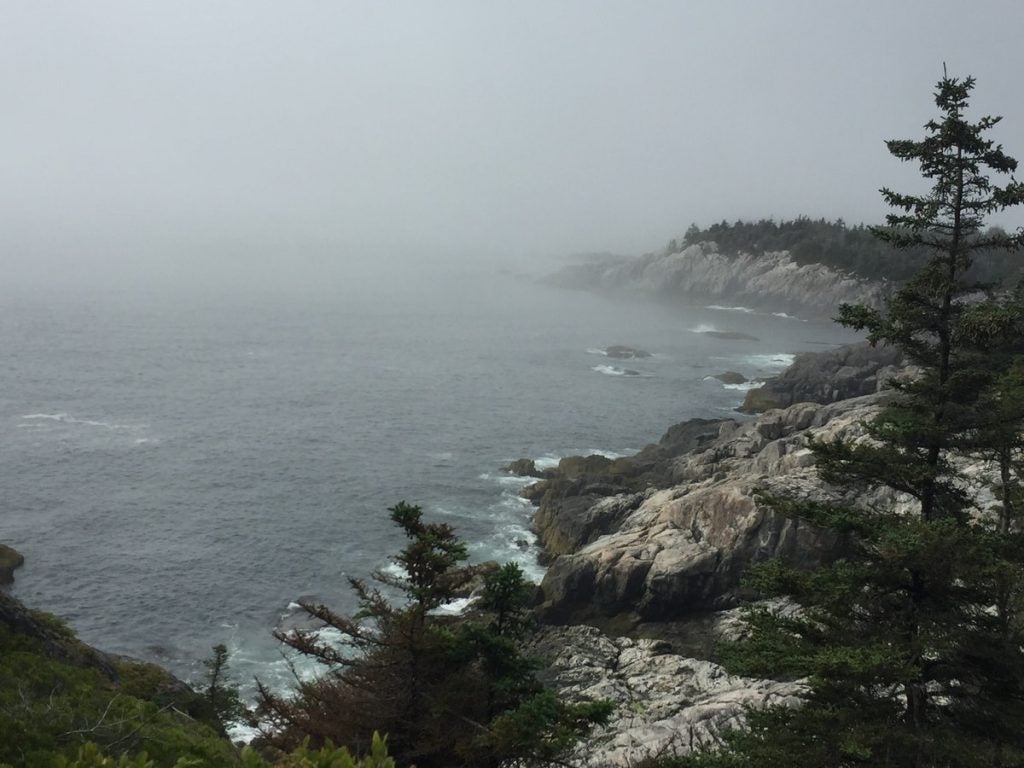
Image from The Dyrt camper Patricia P.
Located on the rugged Isle au Haut off the coast of Maine, Duck Harbor campground is remote and accessible only by mailboat. The small island is approximately 6 miles long and 2 miles wide with 18 miles of hiking trails. These 5 primitive campsites require a little more effort to reach, but that’s what makes them great. Campers can explore secluded tidal coves, rocky shorelines, wooded uplands, marshes, bogs, and even a freshwater lake.
This campground is so remote that to stay here you must mail a check and your permit request. Yep. There are no online reservations.
You can win free gear from Midland Radio and 19 other outdoor brands by reviewing campgrounds on The Dyrt. Share past backcountry camping experiences, photos, and videos to earn points towards monthly prizes in The 2018 Great Camping Giveaway!
The Dyrt is the only camping app with all of the public and private campgrounds, RV parks, and free camping locations in the United States. Download now for iOS and Android.
Popular Articles:
Articles on The Dyrt Magazine may contain links to affiliate websites. The Dyrt receives an affiliate commission for any purchases made by using such links at no additional cost to you the consumer.

